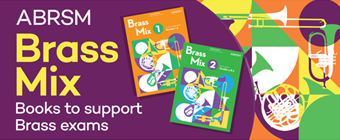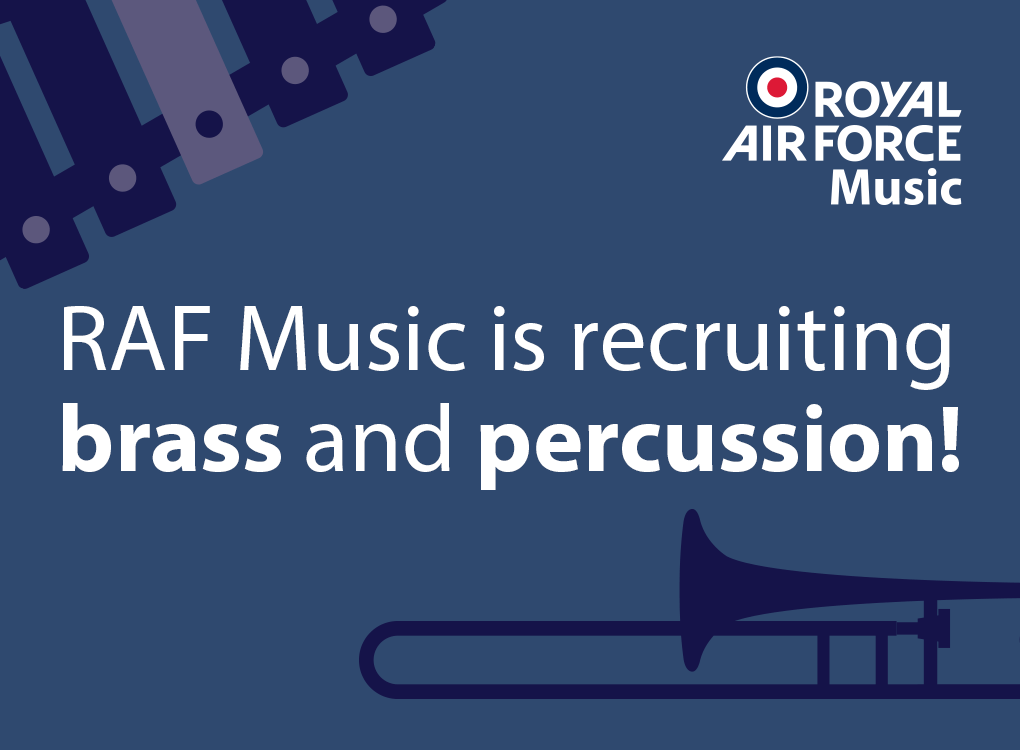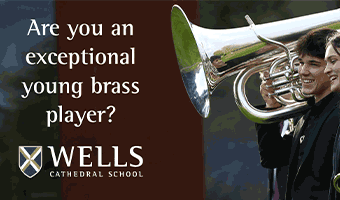Having previously celebrated the music of John Ireland, East London Brass turned their attention to two living composers in Derek Bourgeois and Joseph Horovitz for a concert that included the premiere of the former's 'Tuba Concerto No 2'.
The first half commenced with 'Fanfare for a Great Occasion', adapted by Sir Malcolm Sargent from William Walton's music for the 1947 film production of 'Hamlet'. In Phillip Littlemore's version for band it made for an imposing opening.
'Spitfire Prelude and Fugue', was also adapted from film music by Walton, arranged by Elgar Howarth. There was some lovely sustained playing in the 'Prelude', with a clear, bright sound from the cornets, whilst the 'Fugue' got off to a fine start from the basses, continuing throughout with clean ensemble articulation and with each solo voice coming to due prominence followed by delicate arpeggio cornet work.
New work for tuba
Derek Bourgeois' first tuba concerto was written for John Fletcher, and was so tailored to his particular qualities that it has rarely been played by anyone else. David Carter, a member of East London Brass, suggested to the composer that he should write a piece that was both accessible to the listener and playable by a good amateur soloist.
Having given the first performance of the orchestral version, David presented the brass band incarnation with confidence and security.
Whilst there are some serious moments (notably the opening with its interaction with the lower brass and the lyrical second movement), the work is largely light-hearted in nature, with elements reminiscent of Alec Wilder's 'Effie Suite'.
Gordon Jacob revival
The 'Sea Song Suite' by Gordon Jacob was a BBC commission for baritone soloist, chorus and orchestra, and with the original band parts having been lost, a new version was prepared by Phillip Littlemore.
ELB tuba player John Evanson proved an able vocal soloist, well able to carry over the band: 'Shenandoah' featured him with the band providing a counterpoint to the melody, whilst 'Bobby Shafto' brought the chorus into action, recounting the topical tale of a philandering politician making promises he fails to keep.
The male voices came into their own in 'Tom Bowling', with the flugel and solo cornet taking a prominent role in the otherwise sparse accompaniment. 'What shall we do with the Drunken Sailor' opened with the melody on the tubas, with euphonium runs and cornet shot notes backing the female voices; the accompaniment becoming more vigorous as it led into the final chorus. The baritone soloist returned for 'Rule Britannia' in a suitably majestic setting, although it seemed strange not to have the choir join in to close.
Impressive story-telling
Horowitz's 'Samson', for baritone (vocal) soloist, mixed chorus and band, draws its inspiration from the Old Testament account of how Samson was ultimately betrayed by Delilah - the cutting of his hair - symbolic of his dedication to God, resulting in the loss of his strength.
The story is told retrospectively: Samson in chains, a somewhat dispirited character, seemingly helpless in the face of his captors. Both soloist and chorus have several roles to play in a powerful work that portrays a wide range of emotions - full of poignant moments such as the almost whispered line 'He has no Eyes'.
Whilst easy to draw comparison with Walton's 'Belshazzar's Feast' the music conveys the story most effectively, with the band playing an active part in moving the narrative forward.
The playing of East London Brass, with conductor Jayne Murrill joining the trombone section, exuded confidence and assurance, with special plaudits due to the euphonium who was often tasked with linking the two groups together.
It was an impressive performance, with just a few moments of uncertainty. John Evanson commanded the stage impressively, and as the sprightly composer came forward to receive the acclamation of an appreciative audience, one could not but regret that such an accessible work is not performed more frequently.
Peter Bale









